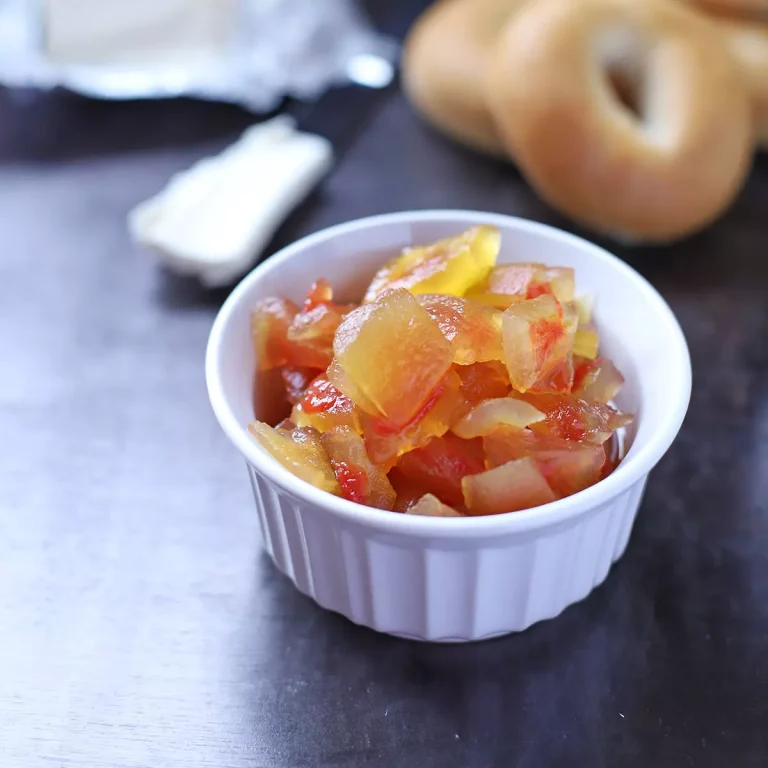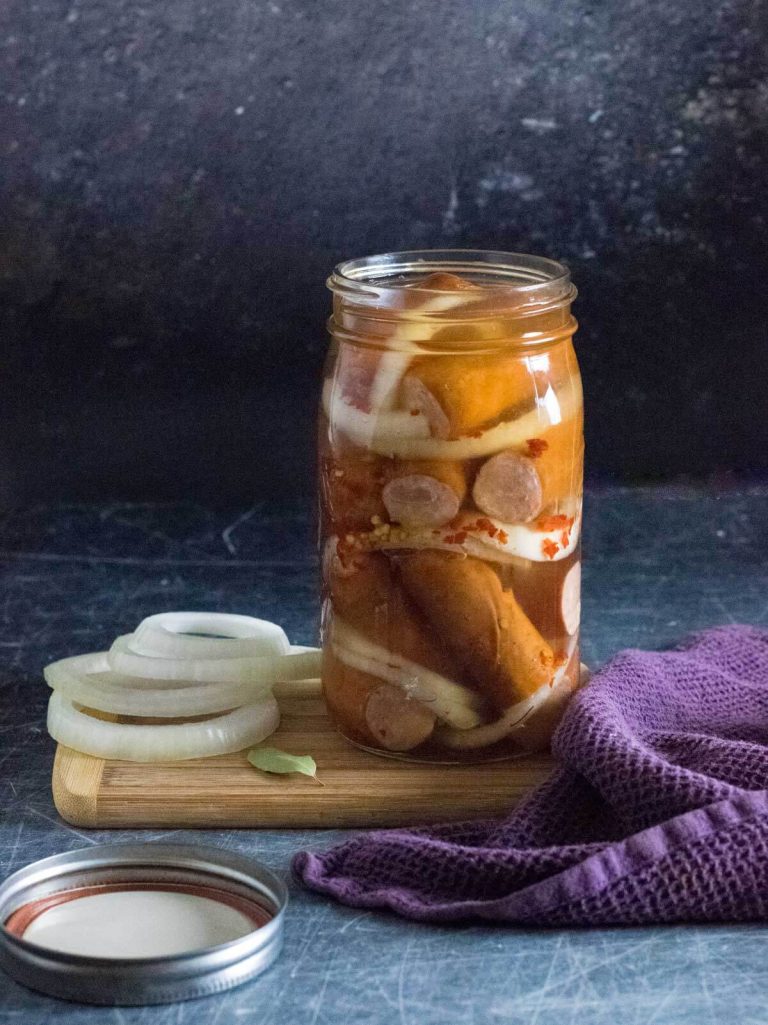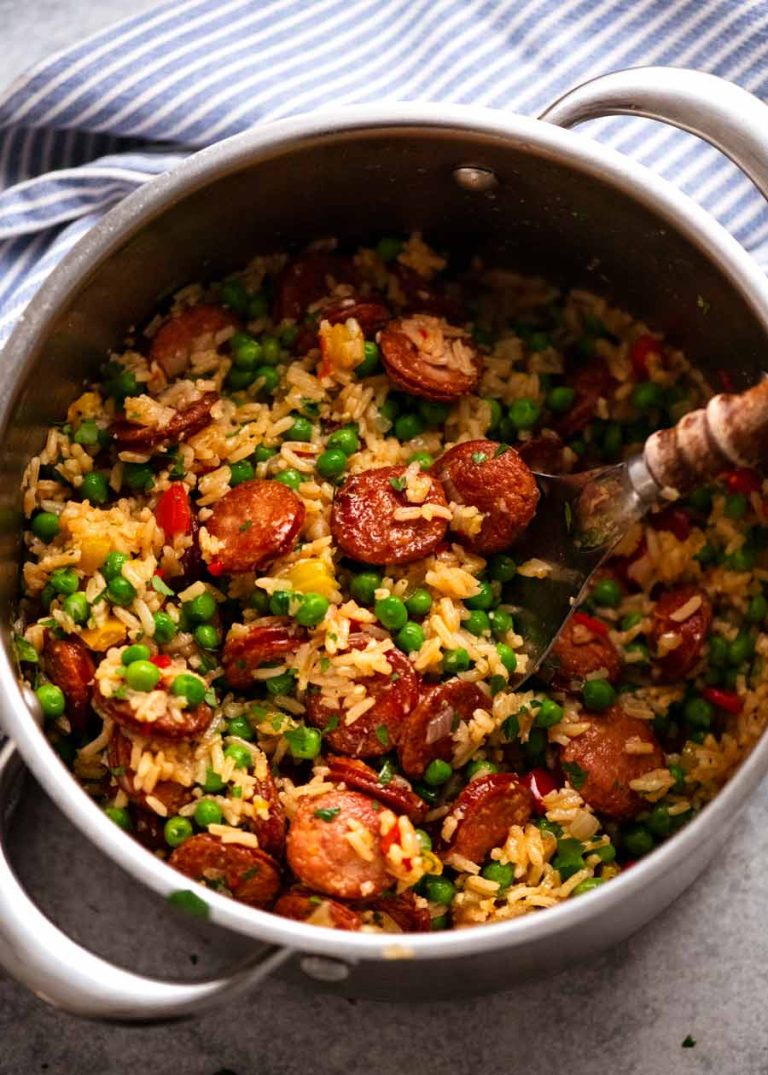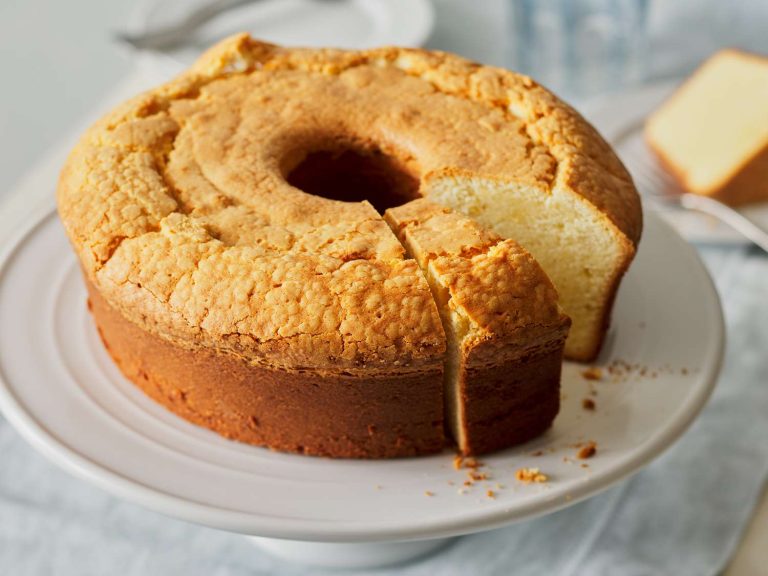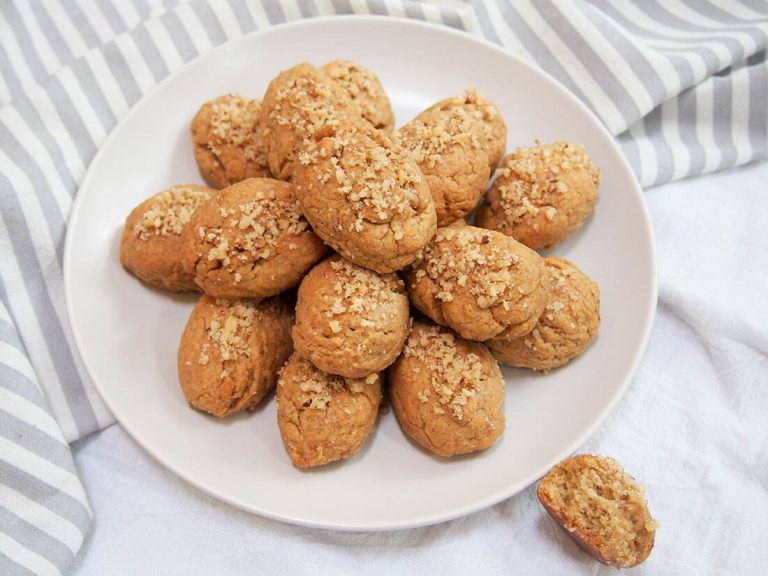Italian Easter Cookies: Recipes, Traditions, and Pairings for Easter Celebrations
Italian Easter cookies date back to ancient traditions celebrating spring and renewal. Historically, these cookies symbolized the end of Lent and the return to indulgent food. Families gathered to bake these treats, passing recipes through generations. Early versions featured nuts, honey, and dried fruit, reflecting the agricultural abundance of Italy.
Regional Variations Across Italy
Italian Easter cookies vary significantly across different regions. In Southern Italy, you may find cookies shaped like doves, known as “Pupe con l’uovo,” featuring a hard-boiled egg in the center. Northern regions prefer simpler cookies flavored with anise or lemon zest, often glazed with icing and adorned with rainbow sprinkles. Central Italy’s cookies sometimes include wine or olive oil for added richness. Each variation showcases the culinary diversity and local ingredients of Italy’s distinct areas.
Key Ingredients and Tools
Typical Ingredients Used in Italian Easter Cookies
Italian Easter cookies blend simple yet flavorful ingredients. You’ll often use all-purpose flour as the base. Granulated sugar provides sweetness, while baking powder adds the needed rise. Eggs contribute structure and richness. Butter, either melted or softened, introduces moisture and flavor. For that unique taste, vanilla extract and lemon zest are essential. These components are found in various recipes and influence the cookies‘ texture and flavor:
- All-Purpose Flour: Forms the base of the dough.
- Granulated Sugar: Sweetens the cookies.
- Baking Powder: Leavens the dough.
- Eggs: Add structure and moisture.
- Butter: Provides richness and moisture.
- Vanilla Extract: Enhances flavor.
- Lemon Zest: Adds a citrus touch.
Optional ingredients like anise extract or colored sprinkles (confetti di zucchero) can customize your cookies further.
Essential Kitchen Tools for Baking
Having the right tools makes baking Italian Easter cookies more manageable. Each tool has a specific purpose that simplifies the process:
- Mixing Bowls: Use for combining ingredients.
- Hand Mixer or Stand Mixer: Ideal for creaming butter and sugar.
- Measuring Cups and Spoons: Ensure precise measurements.
- Baking Sheets: Provide a surface for baking.
- Parchment Paper: Prevents sticking and burning.
- Cooling Racks: Allow cookies to cool uniformly.
- Cookie Cutters: Shape the dough into festive designs.
With these tools, you’ll streamline your baking process and achieve professional results.
Step-by-Step Recipe for Italian Easter Cookies
Preparing the Dough
Mix flour and sugar, blending evenly in a large mixing bowl. Add butter and cut it into the flour mixture until it resembles coarse crumbs. Incorporate eggs, vanilla extract, and lemon zest, mixing well until the dough forms a smooth and consistent texture. For added flavor, you may include anise extract.
Divide the dough into small portions and shape each into a ball. Ensure each ball is uniform in size for even baking. Wrap these dough balls tightly in plastic wrap, then refrigerate for at least one hour to firm them up.
Baking and Decorating
Preheat your oven to 350°F (175°C). Line your baking sheets with parchment paper to prevent sticking. Take the chilled dough and roll each ball into your desired cookie shapes. For traditional dove shapes, use a cookie cutter or mold. Place the shaped dough onto the prepared baking sheets, leaving some space between each cookie to allow for expansion.
Bake for 12-15 minutes or until the edges are slightly golden. Allow the cookies to cool on a wire rack. Once cooled, it’s time to decorate. Prepare a simple glaze using powdered sugar and milk or lemon juice. Dip each cookie in the glaze, then sprinkle with colored sprinkles for that quintessential festive look. Let the glaze set before serving.
Enjoy your homemade Italian Easter cookies, a delicious testament to Easter tradition.
Tasting and Pairing
Flavor Profile and Texture
Italian Easter cookies, known for their distinctive flavor and texture, offer a unique tasting experience. You’ll notice a balanced sweetness complemented by subtle hints of anise or lemon zest, depending on the regional variety. The texture is typically soft with a slight crunch from the glazed coating and sprinkled decorations, creating a pleasing contrast. When you bake these cookies, their light and airy inside contrasts beautifully with the crisp exterior, combining to create a delightful mouthfeel.
Perfect Pairings with Beverages
Pairing these cookies enhances their flavors and elevates your tasting experience. Enjoy them with a cup of strong espresso, as the rich coffee complements the cookies’ sweetness. If you prefer a lighter option, try pairing them with a refreshing glass of Moscato d’Asti. For a non-alcoholic choice, sip on a warm cup of herbal tea like chamomile or mint. These beverages balance the cookies’ flavors, making each bite even more satisfying.
Holiday Celebrations and Italian Easter Cookies
Easter Customs Involving Cookies
Italian Easter cookies play a central role in many Easter customs. Families often prepare these cookies weeks in advance. On Easter Sunday, cookies are placed in decorative baskets, symbolizing abundance and prosperity. Children participate by shaping the dough into various forms like braids, rings, and twists, a practice that teaches them culinary skills and family traditions.
In many regions, cookies are blessed at church service before being shared, exemplifying their spiritual significance. Recipes and techniques are often passed down through generations, ensuring that the tradition remains vibrant and authentic.
Sharing Italian Easter Cookies as Gifts
Cookies serve as cherished Easter gifts among Italian families and friends. Beautifully wrapped in colorful packaging, they convey love and good wishes. Recipients appreciate the thoughtfulness and effort behind these homemade treats, which often showcase regional variations.
Corporate settings also embrace this tradition, with Italian Easter cookies being popular client gifts. These cookies, often customized with company branding, strengthen business relationships while celebrating the festive spirit.
Conclusion
Italian Easter cookies offer more than just a sweet treat; they carry a rich tapestry of cultural and spiritual significance. By preparing and sharing these cookies, you’re not only indulging in a delicious tradition but also participating in a cherished ritual that brings families and communities closer. Whether you’re enjoying them with a cup of coffee or gifting them to loved ones, these cookies symbolize the joy and abundance of the Easter season. Embrace the tradition and add a touch of Italian festivity to your Easter celebrations this year.


